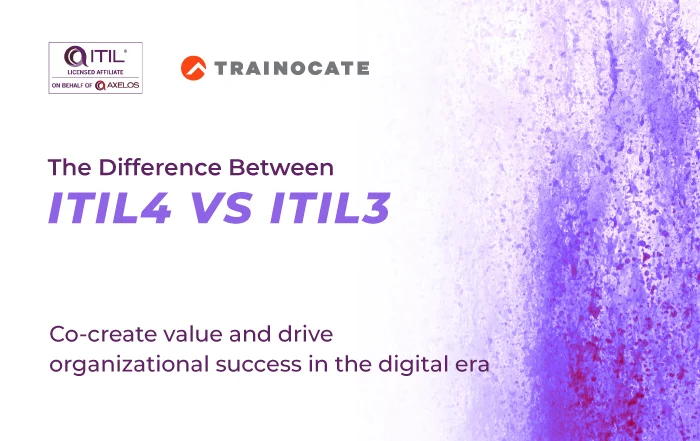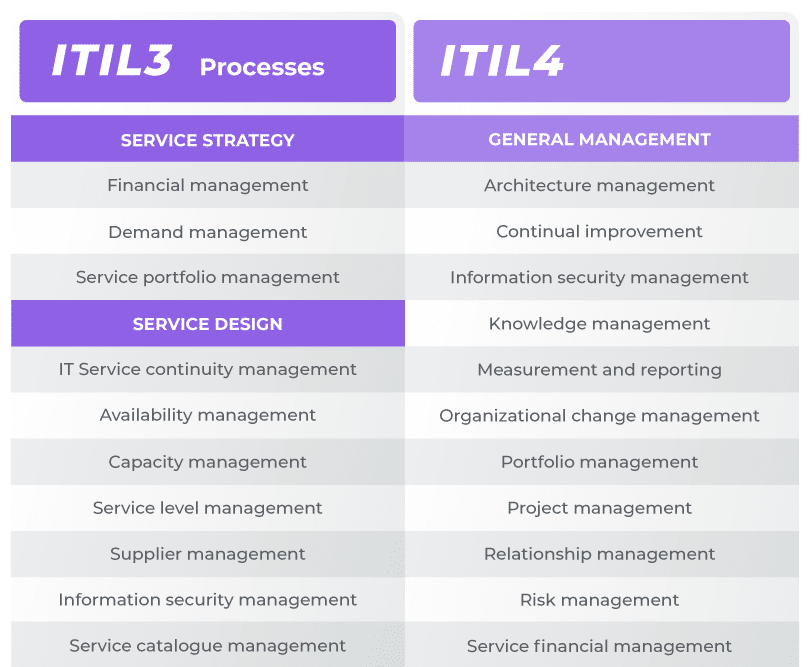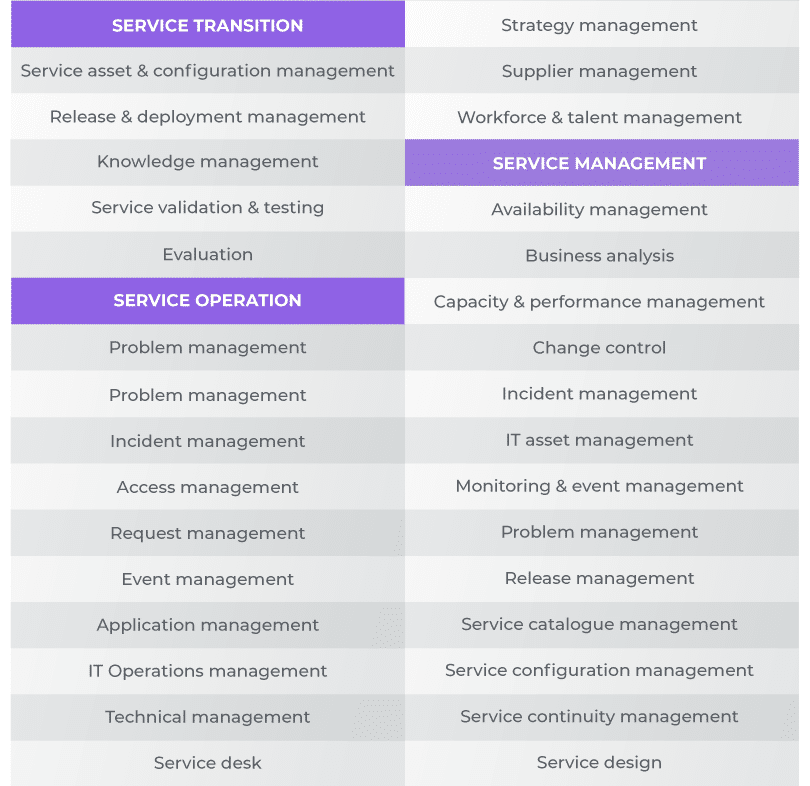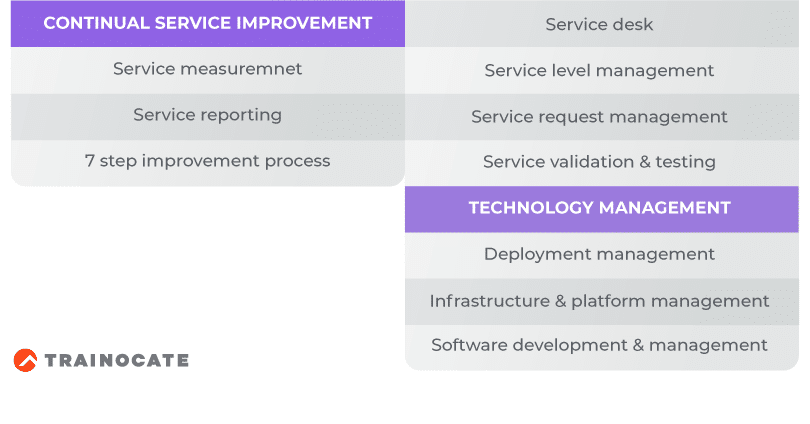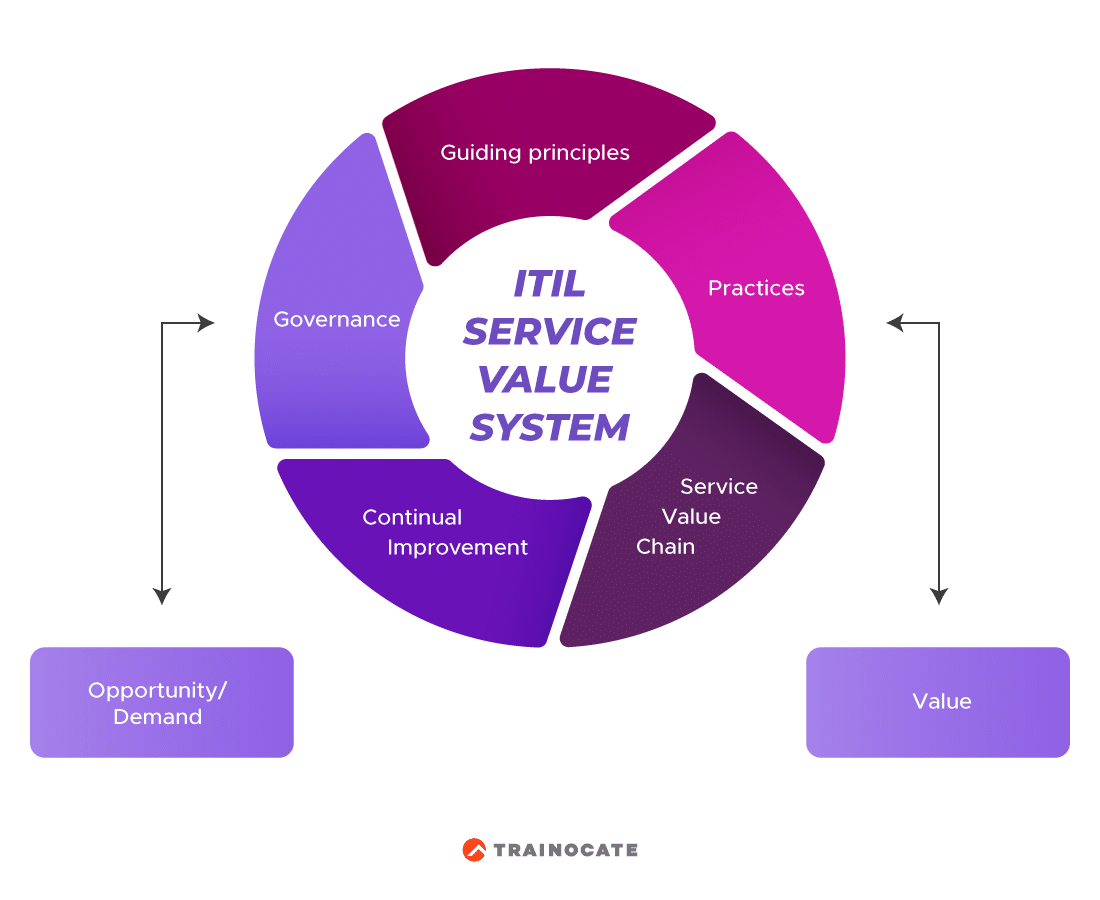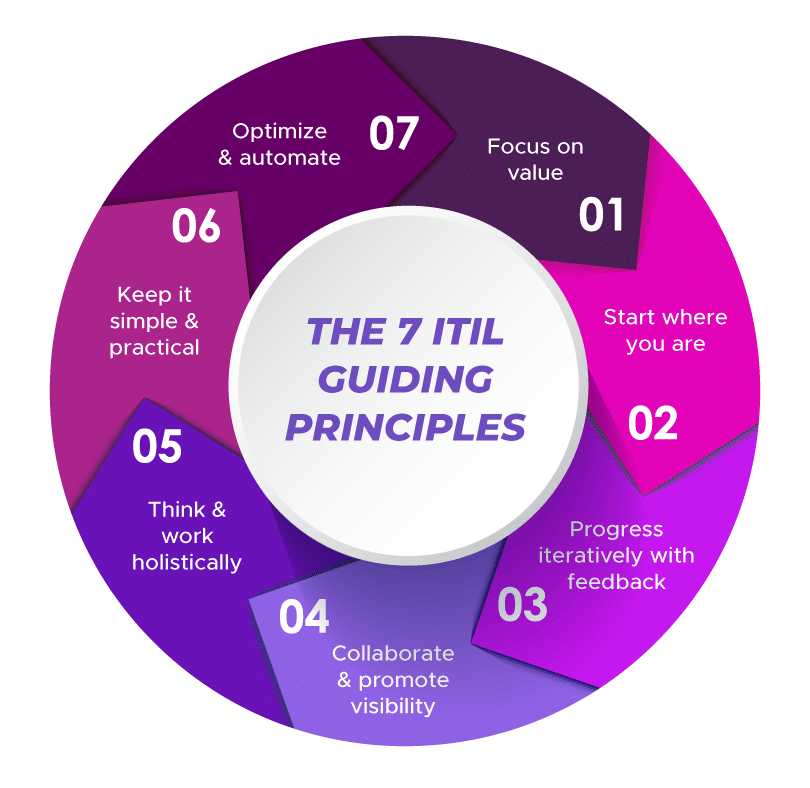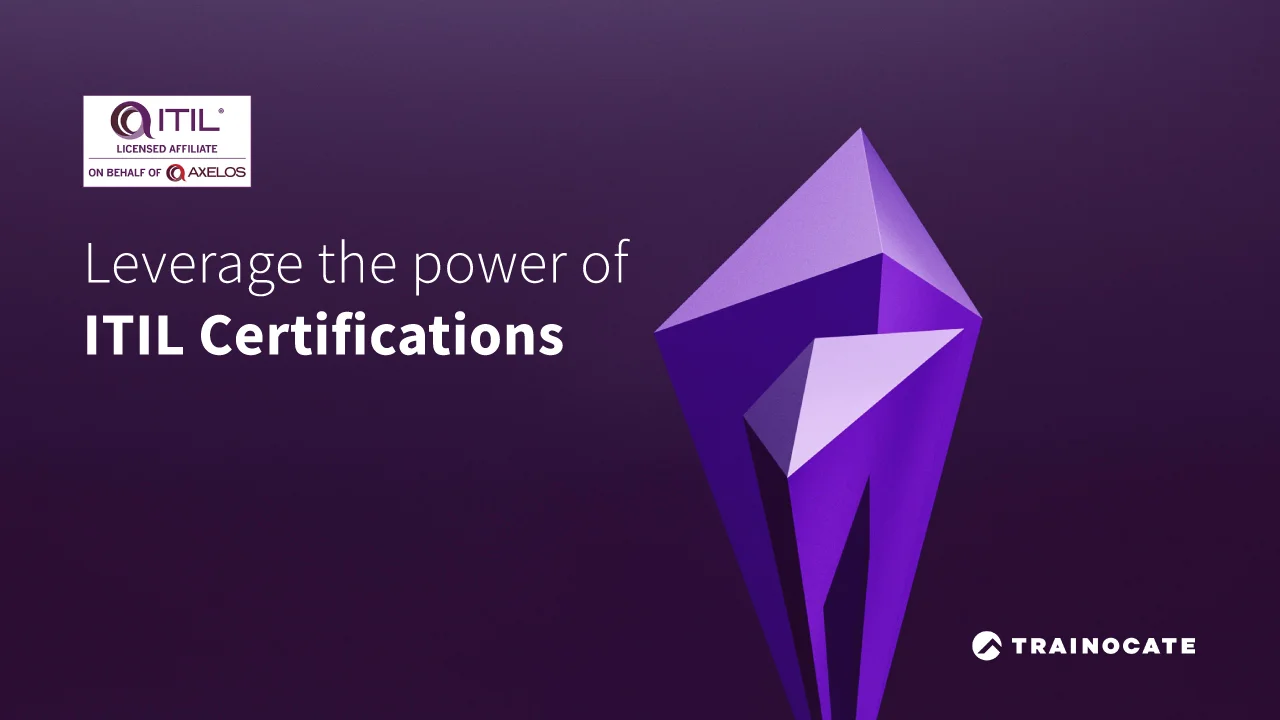The Difference Between ITIL 4 vs ITIL 3
The Difference Between ITIL 4 vs ITIL 3
The Difference Between ITIL 4 vs ITIL 3
There is so much to unpack in this blog post, but before we jump into comparisons and benefits, let us first delve into a brief history of ITIL, why it came about and how it changed the landscape of IT infrastructure.
A brief history of ITIL
This part of the blog is intended to shed light on historical perspectives which will hopefully be helpful in gaining pertinent context.
The humble beginnings of ITIL
The ITIL that we have come to know today had its humble beginnings in the UK in the 1980s. It was in fact a response to inefficient and expensive IT services serving the UK government, the Central Computer and Telecommunications Agency (CCTA) developed a skeleton framework called the Government Information Technology Infrastructure Management (GITIM).
Towards the end of that decade, GITIM transformed into ITIL, with the first book published in 1989. Both public and private sector IT departments, searching for structure around ITSM, adopted ITIL. At this point, ITIL was a library of information that outlined the best ways to manage an IT department. Many concepts were taken from IBM’s Information Systems Management Architecture. The library also inspired ITIL’s name: The IT Infrastructure Library. (This name has since been dropped in favour of the simpler ITIL.)
With time, ITIL evolved into a more formal framework or a set of guidelines for good practice in ITSM. The framework has shifted from being IT-centric to aligning more with business to integrating closely with the business.
ITIL as we know it, today
We are currently on the 4th iteration of the ITIL framework. The latest version, ITIL 4 premiered in February 2019 with a new focus: co-creating value with the business.
Today, as we know, it’s virtually impossible to draw a line where the business stops and IT begins. There’s no such thing as a service that is not, in some form or other, enabled by IT. Managing these services well—ensuring they provide the greatest possible value to the business—is critical. Recognizing this main principle, ITIL 4 maps everything it does back to that main principle: helping the business achieve its vision.
Now, onto ITIL—let’s look at what’s new, what’s different, and what’s stayed the same.
ITIL v3 vs ITIL 4: From “processes” to “practices”
While there are many new concepts, terms, and ideas to look at in ITIL 4, nothing that existed previously has been discarded or disproved—what you learned in ITIL v3 or earlier versions still has immense value. ITIL 4 has simply augmented this value by forcing us to focus on business value rather than simply on technology.
The biggest difference between ITIL v3 and ITIL 4 might lean more towards a terminology shift than a major structural change. But what am I actually referring to? ITIL v3 processes. When news about the changes from ITIL v3 to ITIL 4 started filtering out to the ITSM community, we had many discussions about the move away from the term “process” in favour of “practice”. Many people didn’t understand why this was happening.
In reality, I think that “processes” was a misnomer in ITIL v3 and earlier iterations. When we talked about the incident management process, we were never talking about a single process. Instead, we were talking about a group of processes and capabilities that allowed us to efficiently manage incidents. ITIL 4 has pulled all these facets together and called it a practice. To me, this makes perfect sense (although it did take a bit of getting used to).
The 34 practices described in ITIL 4 give you what you will need in order to co-create value with customers and stakeholders. The scope of these practices is greatly expanded from the view ITIL V3 gave of its 29 processes—a reflection of significant changes that have impacted the IT industry in recent years. The guidance around these practices recognizes that every organization is different and needs to take approaches appropriate to their own business needs. For this reason, the practices are significantly less prescriptive than previous iterations of ITIL, but they give you the tools you need to begin to improve the value you create with the business.
A big ITIL change: The ITIL 4 service value system
The core of ITIL v3 is the service lifecycle. In ITIL 4, it is the service value system (SVS) that becomes central. I’ll break down the service value system (SVS) and its six key components, as shown in this graphic:
Opportunity, demand, and value
These are the triggers for everything that a service provider does.
Service value chain
The heart of the SVS, the service value chain is comprised of six interconnected activities that are needed in order to deliver value to customers and realize value for the organization:
- Plan – In this activity, you’ll create plans, policies, etc., that provide the vision of what your organization is trying to achieve, and how you and your colleagues will go about doing so.
- Improve – The improvement activity focuses on creating plans and initiatives that enable the continual improvement of products, services, and practices.
- Engage – Engage with stakeholders to obtain a clear understanding of their needs and wants.
- Design and transition – Activity results in new and changed services.
- Obtain/build – In this activity, you’ll obtain and build the service components necessary for meeting customer specifications.
- Deliver and support – This activity ensures that the service’s stakeholders’ use actually meets their requirements.
ITIL 4: The 7 Guiding Principles
To me, one of the most exciting parts of ITIL 4 is the concept of the seven guiding principles. These principles are recommendations that offer universal, enduring guidance to any company or organization. I like these principles because they encourage you to go off-script and adapt parts of ITIL that fit your business. Anytime you’re not sure where to go next, consider these guiding principles—at least one will point you in the right direction.
Still the ultimate in IT best practice, ITIL 4 builds on all the best things from ITIL and expands IT and service operations into the future. ITIL 4 certification will enable IT professionals to support their organization on their journey to digital transformation and support world-class digital services.
